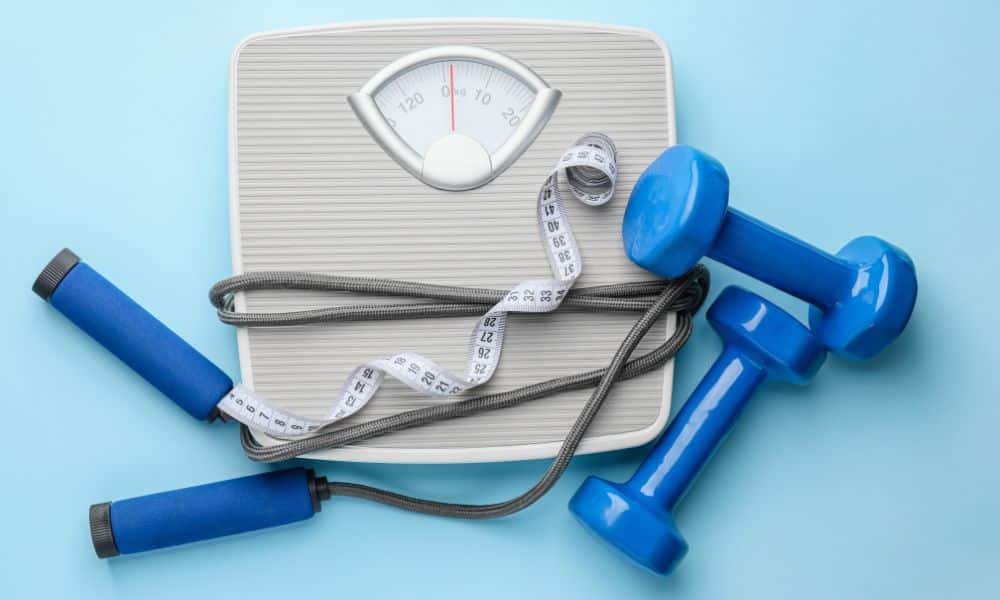Reaching your health and fitness goals requires more than just effort—it demands consistent tracking and adjustments. Whether you’re trying to build muscle, lose fat, or improve overall health, knowing how to check progress on a health and fitness journey ensures you’re on the fastest path to success. Let’s break down the best ways to measure progress effectively.
Why Should You Track Your Fitness Progress?
Tracking progress helps you understand what’s working and what needs improvement. It also keeps you motivated by showing real results over time. Without tracking, you risk wasting time on ineffective strategies and slowing your progress.
What Are the Best Ways to Check Progress?
1. How Can You Measure Body Composition?
Weight alone doesn’t tell the full story. Instead, track your body fat percentage, lean muscle mass, and overall weight trends using these methods:
- Body fat scales estimate body fat percentage and muscle mass.
- Calipers measure skinfold thickness to track fat loss.
- DEXA scans provide the most accurate measurement but are expensive and less accessible.
- Before-and-after photos taken under the same conditions every few weeks can help visualize progress.
These methods provide a more accurate view of fat loss and muscle gain than the scale alone.
2. What Role Does Strength and Endurance Play in Tracking Progress?
Tracking your strength and endurance gains ensures you’re getting stronger, not just lighter or heavier. Use these benchmarks:
- Increase in weights lifted by tracking reps, sets, and weights.
- Improved cardio performance by measuring distance, time, and heart rate.
- Functional fitness tests like push-ups, squats, or pull-ups to gauge progress.
When you see progress in these areas, you know your fitness program is effective.
3. How Can You Use Nutrition Tracking to Improve Results?
Diet directly impacts fitness results. Tracking your calorie intake, macronutrients, and hydration helps ensure you’re eating for your goals. Use:
- Food journals to record everything you eat and drink.
- Apps like MyFitnessPal or Cronometer to automatically calculate calories and macros.
- Hydration logs to track daily water intake.
Small nutritional tweaks can lead to significant progress. If you’re not seeing results, adjust your diet accordingly.
4. How Do You Measure Non-Scale Victories?
Sometimes, the biggest progress happens outside of the numbers. Pay attention to:
- Clothing fit, such as looser clothes or muscle definition becoming more visible.
- Energy levels, as increased energy means improved metabolic function.
- Better sleep quality, which supports fat loss and muscle recovery.
- Mental health improvements, including reduced stress, better mood, and more confidence.
Recognizing these victories keeps motivation high, even when scale weight fluctuates.
What Are the Best Tools for Tracking Progress?
1. Fitness Apps
Apps like Fitbit, Apple Health, and StrongLifts 5×5 help track workouts, nutrition, and overall activity levels.
2. Wearable Fitness Trackers
Devices like Garmin, Fitbit, and Apple Watch track heart rate, calories burned, and steps taken.
3. Workout Logs
A simple notebook or a digital log helps track improvements in strength and endurance over time.
How Often Should You Check Progress?
Weekly tracking ensures you stay on top of your goals, but daily tracking can cause frustration due to normal fluctuations. Follow this schedule:
- Weight and body composition should be checked every one to two weeks.
- Strength and performance metrics should be tracked every workout.
- Nutrition and hydration should be monitored daily.
- Non-scale victories should be noted on an ongoing basis.
This prevents frustration from short-term fluctuations and focuses on long-term trends.
What Should You Do If Progress Stalls?
If you’re not seeing results, adjust these key areas:
- Reassess your diet to ensure you’re in a calorie deficit for fat loss or a surplus for muscle gain.
- Modify your workouts by increasing intensity, volume, or switching exercises.
- Improve recovery by prioritizing sleep, hydration, and stress management.
- Stay consistent, as progress takes time and requires ongoing effort.
Small, consistent adjustments prevent plateaus and keep you moving forward.
Key Takeaways
- Tracking progress ensures you reach goals faster and more efficiently.
- Use multiple methods, including body composition, strength gains, nutrition, and non-scale victories.
- Leverage tracking tools like apps, wearable devices, and workout logs.
- Check progress weekly to avoid frustration while staying accountable.
- Adjust diet, workouts, and recovery if progress slows.
By learning how to check progress on a health and fitness journey, you set yourself up for long-term success. The right tracking methods will help you stay motivated, make informed adjustments, and reach your goals faster.
Read Next…
- Harness Your Metabolism for a 90-Day Transformation
- 10 Things That Prevent You From Staying Consistent on a Health and Fitness Journey
- What to Expect When You Do a Check-In With a Health Coach
- How to Check Progress on a Health and Fitness Journey to Reach Goals Faster
- When to Count Calories on a Health and Fitness Journey




